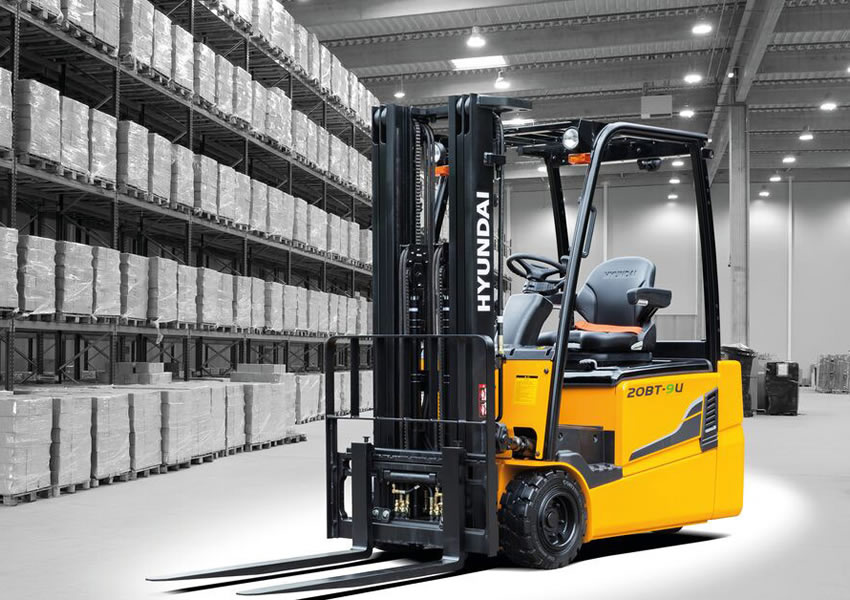Replacing a water line is often an essential task for many property owners. Recognizing the indicators of water line issues and knowing the advantages of enlisting a plumbing professional can guide you in making an informed choice for your residence.
Water line replacement entails renewing the pipelines that deliver water to a structure or neighborhood.
This procedure is vital in maintaining the purity and dependability of the water source and might become necessary for various reasons, including the line’s age, deterioration, leakage, or updated standards.
Carrying out this task can be intricate and demands the skills of experts to guarantee a seamless transition and the utmost performance of the upgraded system.
So, What Exactly is a Main Water Line?
The main water line is the primary conduit responsible for channeling water from the city’s supply to your household.
This pipeline provides the water essential for daily chores like cooking, cleaning, and bathing. Grasping the fundamentals of your primary water line and its operation is pivotal for the uninterrupted and efficient water flow in your home.
Typically, the main water line is crafted from materials such as copper, galvanized metal, or plastic. It stretches from the road to your water meter and subsequently into your dwelling. These lines vary in dimensions, from smaller ones catering to individual homes to expansive mains serving entire locales.
The pipe, typically situated several feet beneath the surface, links directly to both your water meter and the main shut-off valve. Knowing its location is crucial, allowing for prompt water cessation during leaks or other urgent situations.
Understanding Water Line Anatomy
A water line is a vital part of any plumbing infrastructure, directing water from the primary source into different sections of a residential or commercial property. Familiarity with its components is key for its upkeep and intervention.
PRIMARY CONDUIT
This conduit, often referred to as the supply pipe, is the principal artery of the main water line. It directs fresh water either from city utilities or a private well into the premises. Once inside, this water is then routed to various installations like sinks, toilets, and showers.
The significance of the primary conduit lies in its role of ensuring uninterrupted water flow, pivotal for everyday tasks.
MAIN CONTROL VALVE
The main control valve, integral to the water line, provides the ability to regulate water flow into a structure.
Essentially, it can be toggled open or closed, permitting or halting water passage. Positioned close to where the primary water line enters the building, this valve is crucial for situations like sudden leaks, pipe ruptures, or other unexpected water issues.
In the event of a malfunction, this valve can be swiftly closed, ceasing water influx and averting further complications.
Typically accessed by plumbing professionals or maintenance crews for water system repairs, it’s vital for property owners and occupants to be acquainted with the valve’s location, ensuring prompt response during emergencies.
WATER USAGE MONITOR
The water usage monitor, commonly referred to as the water meter, is a vital part of the primary water line, tasked with quantifying the water consumed within a structure.
Typically found close to the entry point of the main water conduit, its primary function is to assess the volume of water flowing through, documenting the quantities in either cubic feet or gallons.
The readings from this monitor then serve as a basis for the utility company to generate the monthly water bill.
This monitor not only plays a pivotal role in ensuring accurate billing but also acts as an alert system for potential plumbing issues. A sudden surge in water consumption often flags potential leaks or other complications in the system.
CONTAMINATION GUARD
The contamination guard, or backflow preventer, is a critical safety apparatus that ensures tainted water doesn’t reverse into the central water system. Integrated into the primary water line, its duty is to guarantee that once-utilized water, perhaps from irrigation or industrial tasks, doesn’t reintegrate with the public water source, thereby avoiding potential contamination.
Functioning much like a one-way valve, the contamination guard ensures water courses only forward, barring any reverse flow. Its primary objective is to shield the community from potential health risks by averting any compromise to the potable water source.
PRESSURE CONTROL VALVE
A pressure control valve, often referred to as the pressure-reducing valve, is an integral part of the primary water system, entrusted with managing and stabilizing the water’s pressure.
Its core function is to calibrate the water pressure, ensuring it’s conducive for the internal plumbing fixtures and pipework. Excessive water pressure can wreak havoc on the plumbing system, potentially resulting in leakages and other complications.
This valve is typically positioned close to where the main water line enters the building, calibrated to maintain a specified pressure level, for instance, 50 or 60 pounds per square inch (psi). By moderating the water flow and curbing the pressure, it safeguards the building’s plumbing infrastructure and assures a consistent water supply.
What triggers the malfunctioning of a water line? Several elements can contribute to the malfunctioning of a water line, ranging from improper installation, and corrosive action, to invasive tree roots. Being proactive in mitigating these risks, like seeking expert intervention for repairs and consistently surveying the line for any wear and tear, is paramount.
FLAWED SET-UP
A poorly executed setup of the primary water conduits can spell significant trouble for the building’s water framework. Flawed setups can precipitate issues such as water leakages and inconsistent water pressure, which can compromise the entirety of the building’s plumbing.
In scenarios where the piping isn’t meticulously laid out, vulnerabilities to leakages become heightened, potentially ushering in water wastage and structural damage.
Further complications from flawed installations could manifest as suboptimal water pressure, hampering the functionality of essential fixtures like showers, taps, and toilets.
Unsecured pipework is susceptible to damages, culminating in potential replacements and consequent expenses. Engaging a qualified, seasoned plumber to ensure the meticulous installation of the main water conduits is pivotal.
METAL DEGRADATION
The bane of many water systems, metal degradation, or corrosion can seriously undermine the integrity of a building’s primary water lines. Essentially, corrosion is the progressive decay of metal components due to their interaction with water and other corrosive agents within the conduits.
Prolonged exposure results in the attenuation of these pipes, elevating the risk of leakages or even ruptures. Beyond the structural issues, corrosion can tamper with water’s purity, manifesting as discoloration, and an unpleasant taste, among other anomalies.
Mitigating the effects of corrosion mandates routine maintenance, encompassing pipe flushes, vigilance for potential leaks, and timely upkeep. At times, a proactive approach might necessitate the substitution of older, degraded pipes with contemporary, robust alternatives.
Adopting preventive measures against corrosion can thus guarantee an uninterrupted, quality water supply and forestall expensive plumbing damages.
ROOT INTRUSION
The expansive reach of tree roots can pose significant challenges to main water conduits. As they grow, these roots delve deeper into the soil, questing for moisture and nutrients. When these roots encounter a water line, they can ensnare the pipe, leading to potential fractures and seepages.
In extreme instances, these roots might even infiltrate the pipe’s interior, leading to obstructions and diminishing the water’s flow rate. Such root intrusions can bring about structural water damage, heightened water consumption, and a myriad of complications for the building’s plumbing framework.
To safeguard against the detrimental effects of tree roots, it’s imperative to be cognizant of the proximity of trees to primary water lines and initiate protective measures.
Actions might encompass uprooting trees perilously close to conduits, erecting root deterrents to impede their growth trajectory, or instituting periodic checks and upkeep of the water lines. Adopting such preventive strategies can empower building proprietors and inhabitants to maintain a consistent and quality water service and avert expensive plumbing repairs.
How Can I Keep My Water Line in Top Shape?
To ensure the durability and reliability of their main water line, homeowners can adopt several proactive measures.
Routine checks for potential damages like leaks or fractures can aid in early detection and mitigation. Periodic flushing of the pipes helps to eradicate sediment accumulation or potential blockages. Taking swift action upon spotting a leak is crucial to halt further deterioration.
Moreover, it’s beneficial for homeowners to be aware of the positioning of trees in relation to the main water line. Planting trees at a safe distance is pivotal since tree roots can pose long-term threats to the pipes.
Upholding the health of the main water line can deter expensive repair needs and guarantee a consistent water source for households. For an extra layer of assurance, it’s advised to engage a certified plumber with a track record of excellence for periodic assessments and maintenance.
Final Considerations
Water line replacements can sometimes become an essential undertaking for homeowners. Recognizing early indicators of a compromised water line and appreciating the expertise of professional plumbers aids homeowners in making informed decisions. Securing the services of a professional ensures meticulous, timely, and safe execution, minimizing potential hazards to both property and residents.





